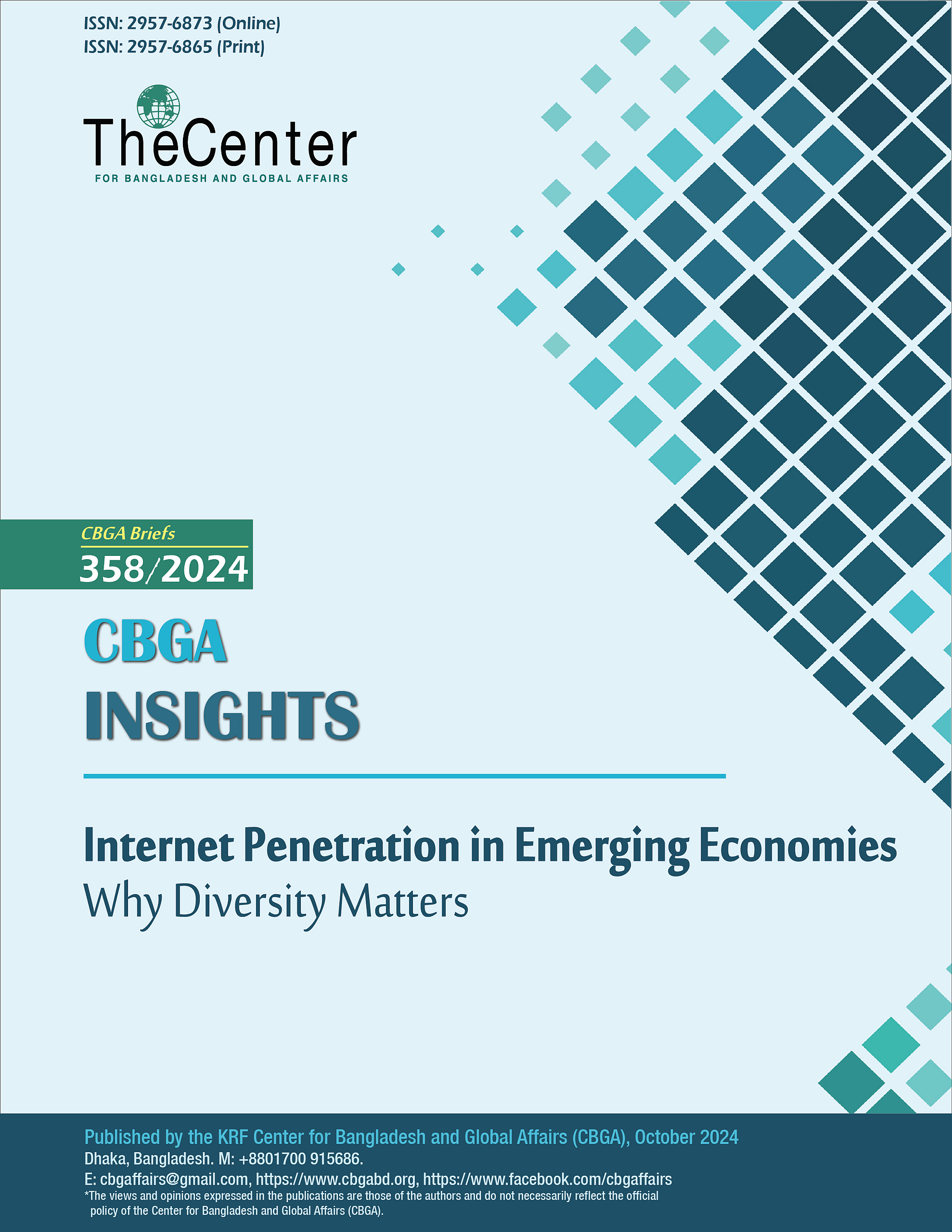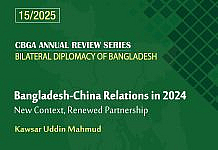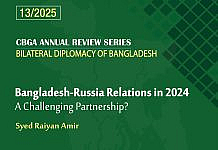
As of 2024, over 5.35 billion people 66.2% of the global population are connected to the internet. Yet, this impressive statistic masks a troubling reality: a widening digital divide, especially in developing countries. This gap not only threatens economic progress but also undermines efforts to achieve the Sustainable Development Goals (SDGs). In an era where digital technology is critical for growth, access to the internet has become imperative, not merely a luxury.
The pandemic underscored the vital role of digital connectivity. Societies that lacked robust digital infrastructure struggled significantly, revealing the urgent need for effective communication and adaptability in diverse working environments. Despite 2.6 billion people still lacking internet access, the demand for technology-enabled infrastructure is undeniable. Organizations like the Asian Infrastructure Investment Bank (AIIB) have recognized this urgency and prioritized technology in their development strategies. However, raising the necessary investment and facilitating technology adoption remains a substantial challenge.
To bridge the digital divide, an estimated $450 billion investment is needed over the next decade, particularly in low-income economies where connectivity is sparse. The potential benefits of closing this gap are immense, offering opportunities for economic advancement and improved quality of life.
The Digital Divide: A Challenge for Developing Nations
The developing world continues to lag behind in the digital landscape, largely due to the interplay of geopolitical dynamics and infrastructure deficits. With over 680 million people in India remaining offline, the country holds the title for the world’s largest unconnected population. However, recent reports indicate a glimmer of progress internet adoption in India surged by nearly 10% between 2021 and 2022, bringing approximately 65 million new users online. This growth reflects a potential turnaround, but it is overshadowed by the staggering number of individuals still without access.

China, with its internet penetration exceeding 75%, has the second-largest unconnected population. Approximately 336 million people remain offline, even as connectivity improves year on year. Together, these two nations account for more than a billion individuals who lack access to the internet, underscoring a critical global issue that transcends borders.

The challenges of connectivity extend beyond politics; infrastructure plays a pivotal role. In many of the world’s least-connected nations, less than half the population has access to electricity.
Pakistan, Nigeria, and Indonesia also face significant challenges, with approximately 131 million, 114 million, and 100 million people offline, respectively. In terms of the lowest levels of internet adoption, North Korea stands out with blocked access for the general population, while the Central African Republic and Burundi struggle with extremely low penetration rates of only 8.9% and 11.9%, respectively. These figures highlight urgent issues related to internet accessibility and infrastructure in these regions. Furthermore, access to basic necessities like safe drinking water remains elusive for many, indicating that addressing these fundamental needs is crucial before we can prioritize internet expansion.
Urban-rural disparities also significantly impact internet usage. Data indicates that individuals in urban areas are 38% more likely to be online than their rural counterparts. Less than half of rural populations currently use the internet, reflecting a gap that further entrenches social inequality. This divide is mirrored in social media usage patterns, where men consistently outnumber women on platforms like Facebook, highlighting another layer of inequality that technology must address.
The Environmental Toll of Digitalization
While the digital economy offers vast opportunities, it also carries significant environmental costs. The production and disposal of digital devices consume enormous amounts of raw materials and account for approximately 6% to 12% of global electricity use. This is particularly alarming given that developing countries often bear the brunt of these environmental costs while reaping fewer benefits from digitalization.
For example, developed nations generate an average of 3.25 kilograms of digital waste per person, whereas developing countries produce less than 1 kilogram. Yet, these nations often receive exported waste from wealthier countries, where only 7.5% of waste is formally collected compared to 47% in developed economies. This stark imbalance highlights how developing nations remain entrenched in low-value waste management while losing valuable resources.
The Inequity of Resource Extraction
The extraction of raw materials essential for digital devices poses additional challenges for developing countries. Rich in critical minerals, these nations frequently face environmental degradation and resource competition due to mining activities. Local communities often compete for essential resources like water and land, further exacerbating inequalities. Moreover, developing nations are disproportionately affected by climate change yet lack the resources to leverage digital technologies for mitigation. This cycle of inequality reinforces a broader global issue where those contributing least to emissions suffer the most from their impacts.
Moving Towards a Circular Economy
A shift towards a circular economy is necessary to confront the environmental challenges posed by digitalization. Currently, only about 7.2% of the global economy operates on circular principles—a share that is declining due to increased material extraction. Emphasizing practices such as reusing, refurbishing, and recycling can minimize waste and maximize resource use. The global market for electronics recycling is projected to grow from $37 billion in 2022 to an estimated $108 billion by 2030, presenting an opportunity for economic growth in developing regions while addressing ecological concerns.
Bridging the Connectivity Gap
Despite the obstacles, there is hope on the horizon. Internet adoption is rising globally, with over half of the world’s population now online. However, achieving universal connectivity by 2030 remains a daunting goal. Currently, 12 countries have internet adoption rates below 25%, leaving millions offline and without access to essential digital resources. Encouragingly, some nations have seen increases in internet adoption rates over the past year, although stark disparities persist. North Korea stands out as a notable exception, with less than 10% internet access for its citizens.
A Call for Inclusive Digital Strategies
To fully harness digital technology’s potential while addressing its challenges, we must advocate for inclusive strategies that prioritize sustainability and equity. This encompasses designing products for durability and repairability, promoting responsible consumption, and supporting sustainable business models. By aligning technological advancements with environmental stewardship and social responsibility, we can cultivate a more equitable digital economy that benefits all communities. Closing the digital divide requires collaboration among stakeholders—governments, businesses, and consumers—to ensure that everyone can thrive in our rapidly evolving landscape. In conclusion, as we navigate an increasingly digital world, prioritizing diversity and inclusivity in internet access is paramount. Bridging this gap fosters not only economic development but also a more equitable future for emerging economies in this technological revolution.
– S. M. Saifee Islam is a Research Associate at the KRF Center for Bangladesh and Global Affairs (CBGA).







